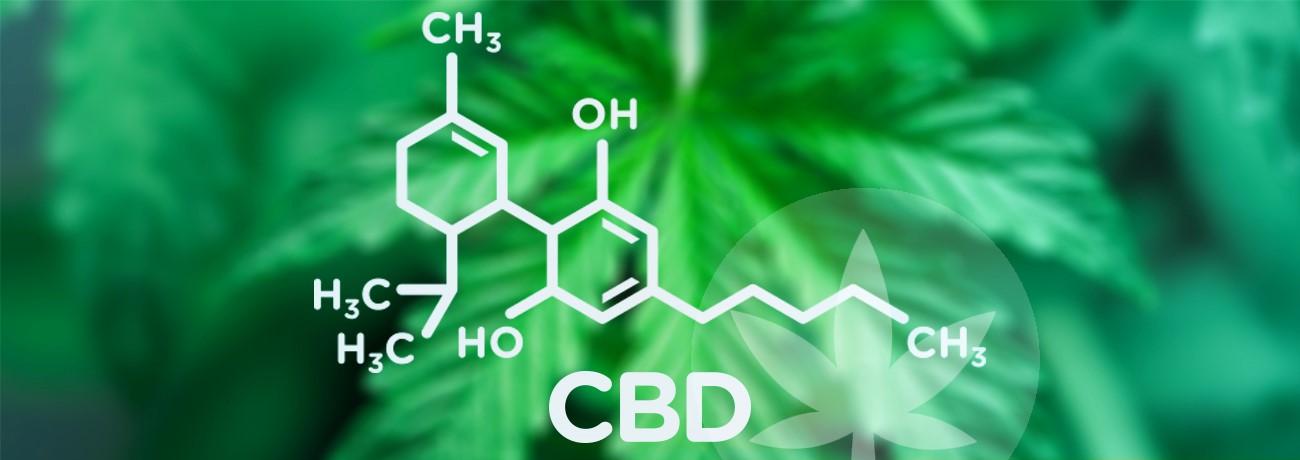A Complete Overview Of Cannabinoids
Last updated:
Published:
Cannabinoids in a nutshell
At first glance, the word “cannabinoid” is remarkably similar to “cannabis”. And for good reason; the cannabis plant is teeming with a type of cannabinoid called phytocannabinoids. However, the term cannabinoid actually refers to a class of chemicals that act upon cannabinoid receptors. Cannabinoids are not exclusive to cannabis, though. To further confuse you, there are two distinct types of cannabinoid, based on where they originate. The basic principle of cannabinoids can be summed up as the following:
Cannabinoids are chemical compounds. They got their name from the way they catalyse various biological responses from cannabinoid receptors. And although cannabinoids are prominent in cannabis, they are also found in other plants, are produced internally by animals and humans, and can be synthesised in laboratories.
You may be surprised to learn about the presence of cannabinoids in mammals, birds, fish, reptiles, and good old anthropoids (that’s us). But cannabinoid receptors are estimated to have existed in these creatures for over 500 million years, around the time when evolution allowed the transition from ocean to land. If the earliest land-walking animals evolved to have cannabinoid receptors, there is a good chance they were vital to their survival. After all, the Phanerozoic Eon (530 million years ago) was a period of time built upon the ethos of “survival of the fittest”.
Two categories of cannabinoid exist
The two categories of cannabinoid are endocannabinoids and phytocannabinoids. Endocannabinoids are found in animals and humans and phytocannabinoids in plants.
Endocannabinoids

Produced by our bodies, endocannabinoids were not discovered until 1988. Despite their recent discovery, several endocannabinoids have since been identified. The two most prominent that we know about are anandamide (AEA) and 2-arachidonoylglycerol (2-AG).
In essence, AEA prompts a similar biological response to the phytocannabinoid THC and is released during pleasurable activities. 2-AG is the opposite, sharing more similarities in its effect on the body with CBD, another phytocannabinoid. There are five endocannabinoids, with a sixth currently being researched. As our understanding of cannabinoids and our endocannabinoid system expands, we will undoubtedly gain greater insight.
Phytocannabinoids

Cannabis is responsible for popularising phytocannabinoids. While it is this species that contains the highest concentration of these chemical compounds, there are hundreds of other plants that also produce phytocannabinoids. To help make the breakdown of phytocannabinoids easier to understand, the image below is a visual representation of how cannabinoids start. When cannabinoids are exposed to heat or light, their molecular structure changes over time.
Starting at the top, we have cannabigerolic acid or CBGA, the parent molecule of all other cannabinoids. As plants grow, the CBGA converts to THCA, CBDA, and CBCA. Even in their raw form, these cannabinoids still have the potential to trigger a response from cannabinoid receptors. It is only once they have been subjected to heat, however, that the extra carboxyl group is removed and the cannabinoids become fully active compounds. A new, more concentrated cannabinoid variation is created.
In the subsequent category, we have THC, CBD, CBC, and CBG. THC and CBD are the most talked-about phytocannabinoids because of both their abundance and their effects on cannabinoid receptors. In humans, THC has psychoactive side effects while CBD does not. The difference in reactions stems from THC’s binding affinity with CB1 receptors, which CBD is a known antagonist to.
Depending on the subject, “cannabinoid” could refer to any one of the two categories we have listed. Cannabinoids needn’t be complicated or tedious; they have been part of the evolution of our endocannabinoid system for millions of years. With a greater scope of research, the world of cannabinoids and their receptors can be a rich and rewarding one.








